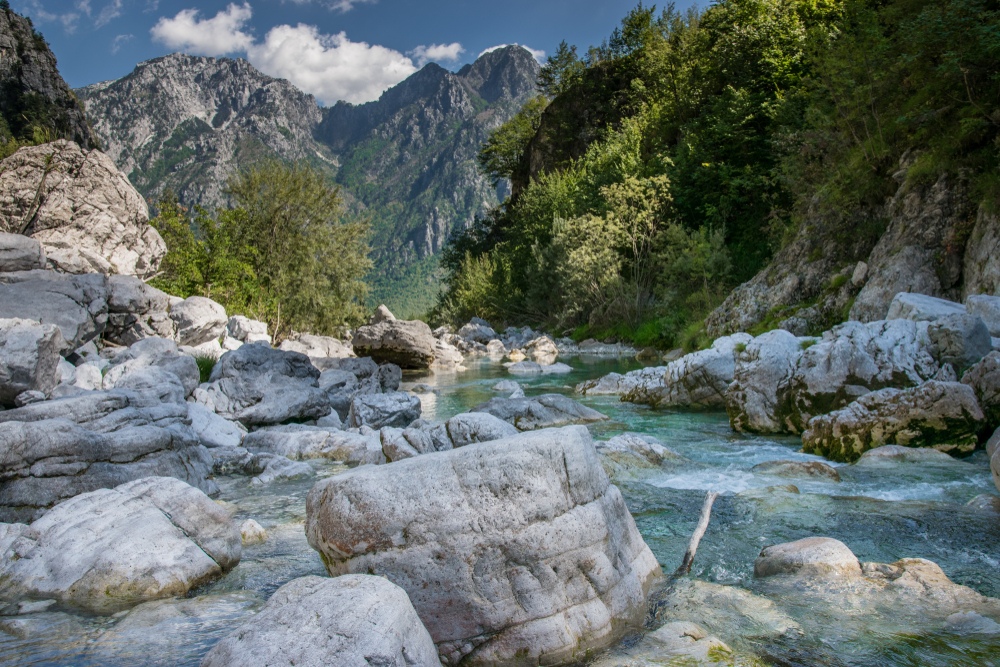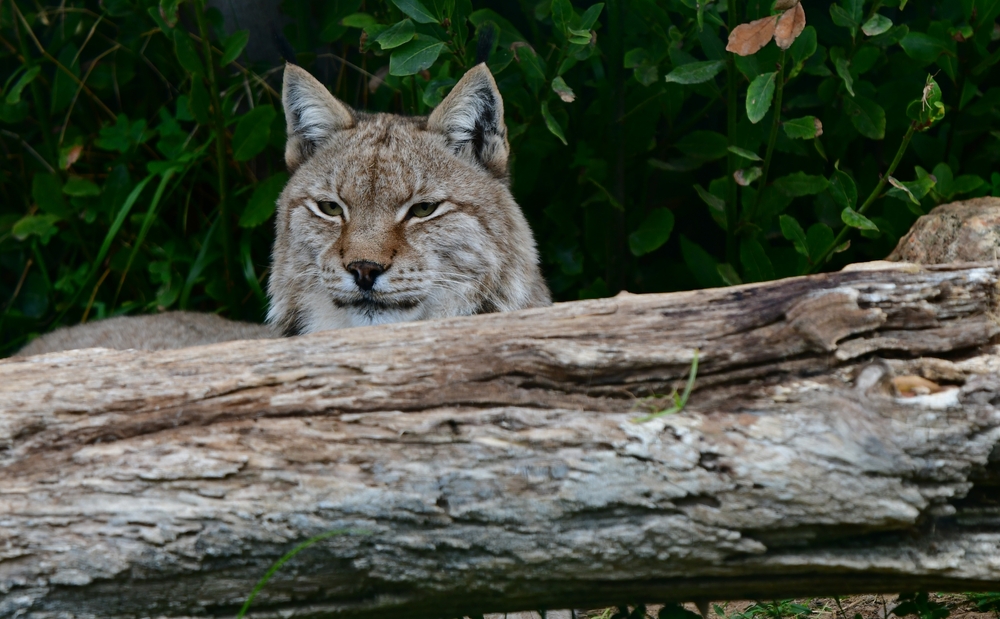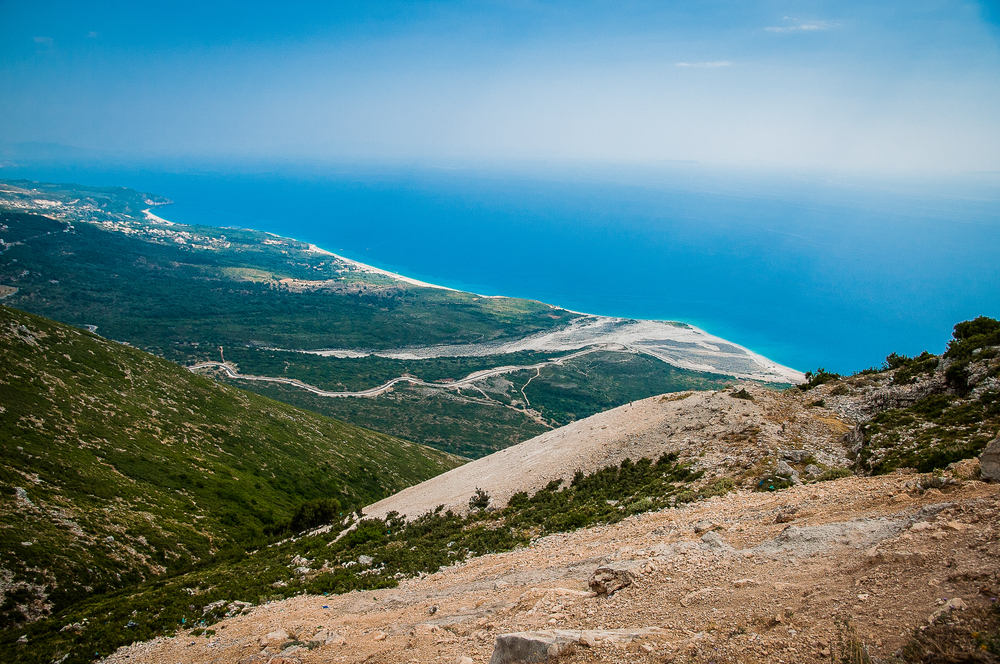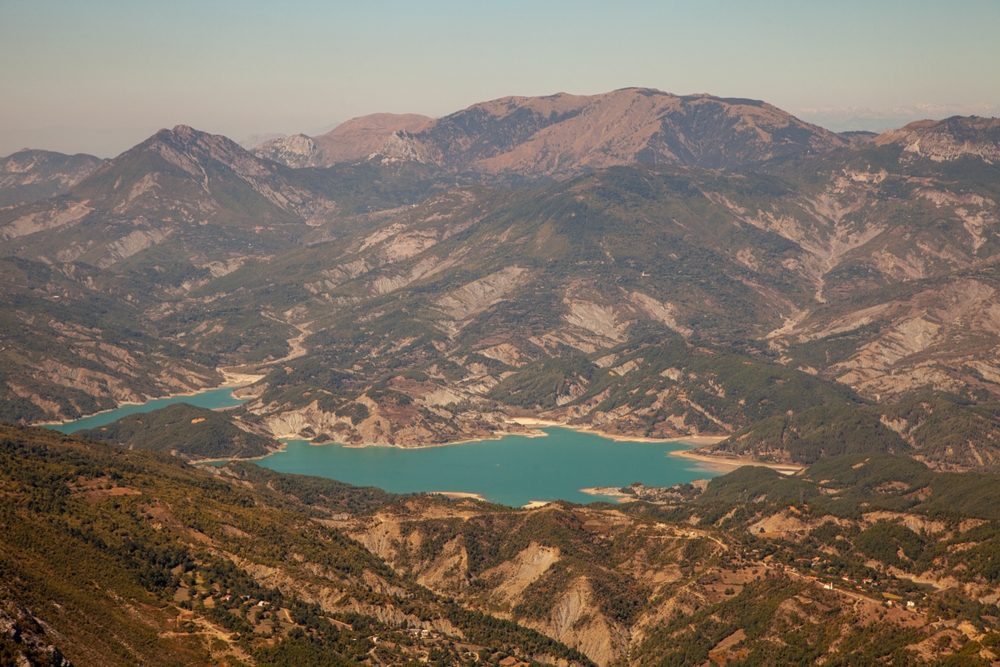Lure-Deje Mountain Overview
Lurë-Dejë Mountain National Park, known locally as “Parku Kombëtar i Lurë-Dejës,” is a breathtaking natural sanctuary located in northern Albania, spanning approximately 201.7 square miles (522.3 square kilometers).
Nestled within the rugged landscapes of the Dinaric Alps, this park stretches across the Dibër and Shkodër counties, offering visitors an incredible blend of alpine charm and unspoiled wilderness. Established to protect the region’s biodiversity and cultural heritage, Lurë-Dejë Mountain National Park has become one of Albania’s most treasured natural wonders.
The terrain of the park is defined by its dramatic mountains, dense forests, and glacial lakes. Towering peaks like Mount Kunora e Lurës reach over 7,000 feet (2,100 meters) and dominate the skyline, while the park’s famous glacial lakes, often called the “Crown of Lurë,” are a key attraction. These lakes, such as Big Lake and Lake of Flowers, are surrounded by lush meadows and fragrant alpine vegetation, creating a serene and picturesque atmosphere.
The forested areas are rich in European beech, fir, and pine trees, which provide essential habitats for wildlife and add to the park’s pristine beauty. In the autumn, the landscape transforms into a vibrant tapestry of reds, golds, and oranges, making it a photographer’s paradise.
Lurë-Dejë Mountain National Park is home to an array of wildlife that thrives within its diverse ecosystems. Mammals such as the Eurasian brown bear, gray wolf, lynx, and chamois roam the forests and alpine meadows.
Bird enthusiasts can spot species like the golden eagle, peregrine falcon, and western capercaillie, all of which are emblematic of the region’s avian diversity. The park’s relatively untouched environment makes it a refuge for these animals, some of which are considered rare or endangered in Europe.
Popular features of the park include the glacial lakes, which are ideal for hiking, camping, and photography, as well as its network of trails that lead to stunning viewpoints and remote mountain peaks. Mountaineers and adventurers are particularly drawn to the challenge of scaling Kunora e Lurës, while nature lovers can enjoy the tranquility of walking through the dense forests or exploring hidden waterfalls.
The park is also a great destination for traditional rural tourism, as nearby villages offer a glimpse into Albania’s rich cultural heritage, with warm hospitality and local cuisine. Visitors can experience the park through various outdoor activities, including hiking, wildlife watching, and camping. Guided tours provide insight into the park’s natural and cultural significance, while eco-tourism initiatives promote sustainable interactions with the environment.
However, conservation challenges persist, including deforestation, illegal hunting, and climate change impacts. Efforts to address these issues have seen successes, such as reforestation projects and stricter anti-poaching regulations. Local and international organizations have worked collaboratively to preserve the park’s ecosystems while fostering sustainable tourism development.

















































































